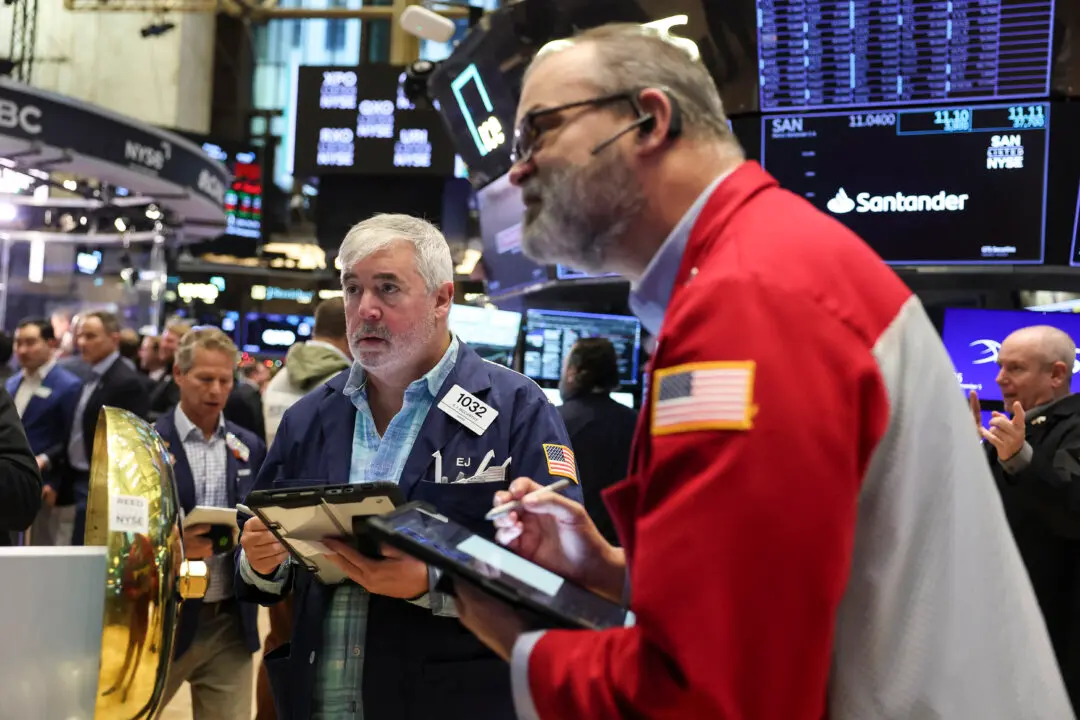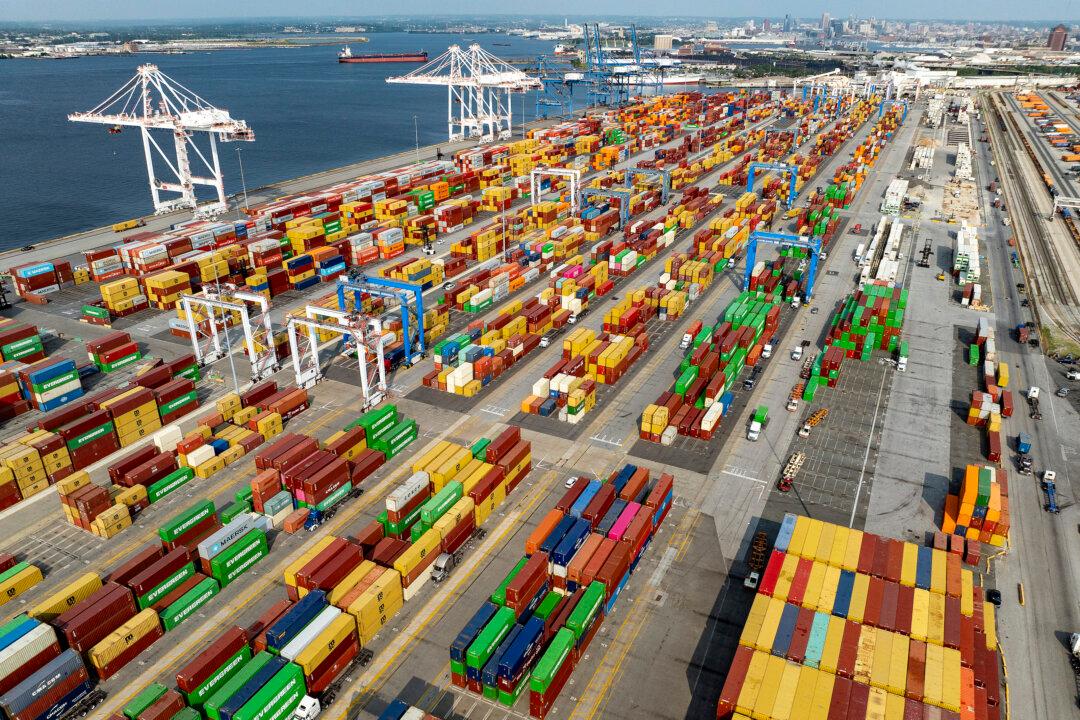Commentary
The most dangerous words in monetary policy and economics are “this time is different.” The big mistake of politicians in Argentina is to believe that inflation is multi-causal and that everything is solved with increasing doses of interventionism.





